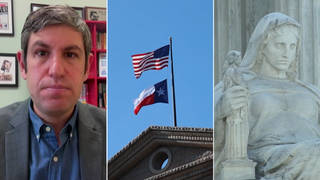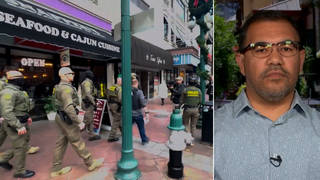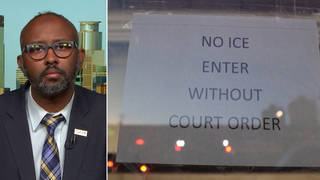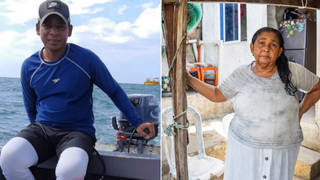
Topics
A discussion with the Christian Science Monitor’s Scott Peterson, who visited four randomly chosen sites in Baghdad and reports that while women and children haven’t been warned, US troops have orders to avoid the sites.
An article in yesterday’s Christian Science Monitor begins like this:
“At a roadside produce stand on the outskirts of Baghdad, business is brisk for Latifa Khalaf Hamid. Iraqi drivers pull up and snap up fresh bunches of parsley, mint leaves, dill, and onion stalks.
“But Ms. Hamid’s stand is just four paces away from a burnt-out Iraqi tank, destroyed by–and contaminated with–controversial American depleted-uranium bullets. Local children play “throughout the day” on the tank, Hamid says, and on another one across the road.
“No one has warned the vendor in the faded, threadbare black gown to keep the toxic and radioactive dust off her produce. The children haven’t been told not to play with the radioactive debris. They gather around as a Geiger counter carried by a visiting reporter starts singing when it nears a DU bullet fragment no bigger than a pencil eraser. It registers nearly 1,000 times normal background radiation levels on the digital readout.”
Those are the words of journalist Scott Peterson in yesterday’s Christian Science Monitor. Peterson reported extensively on the trail of toxic war debris. In 1999, he wrote a series of articles on the effects of DU bullets used in the first Gulf War and in the war in Kosovo.
- Scott Peterson, Christian Science Monitor reporter
Link:











Media Options